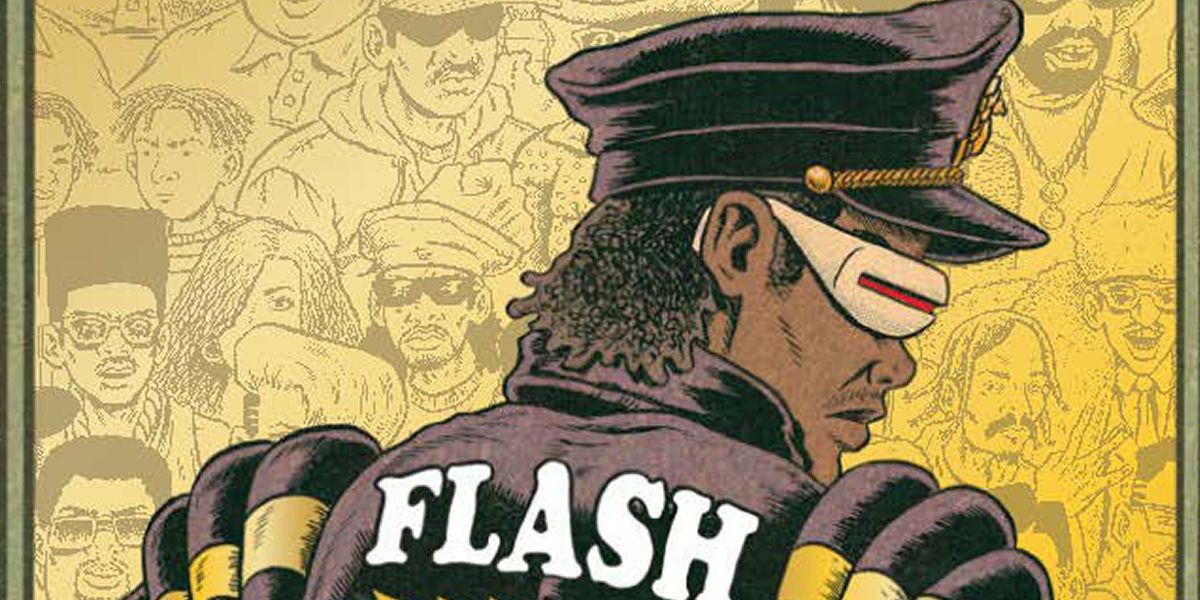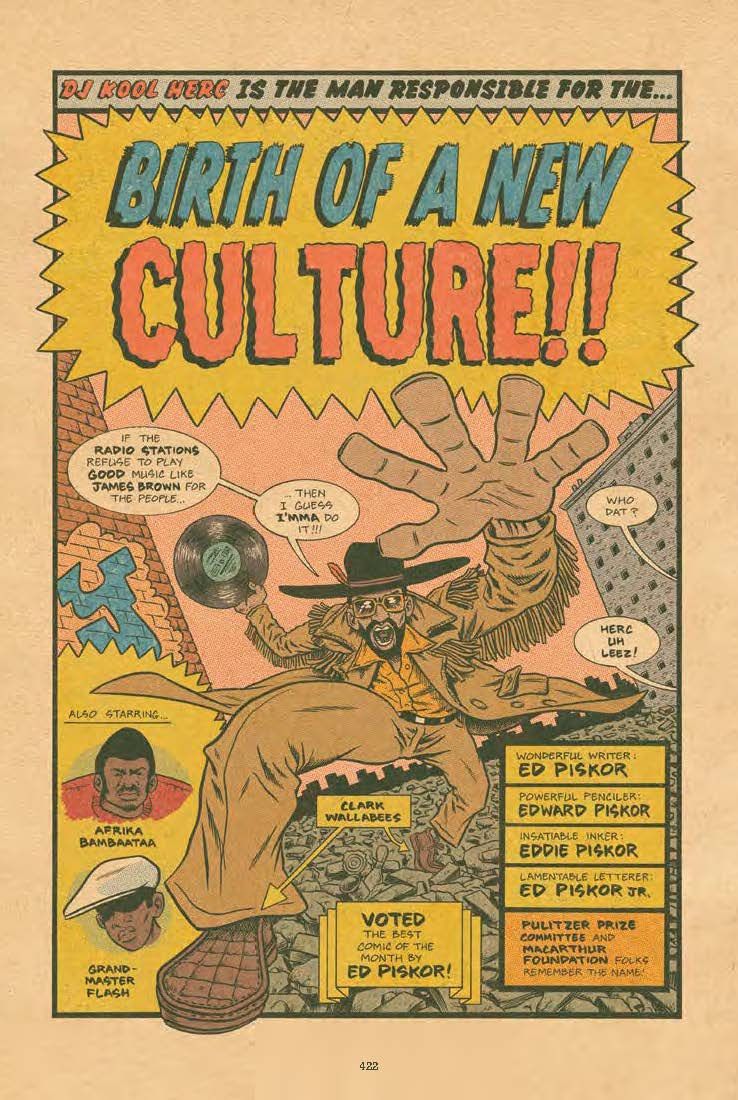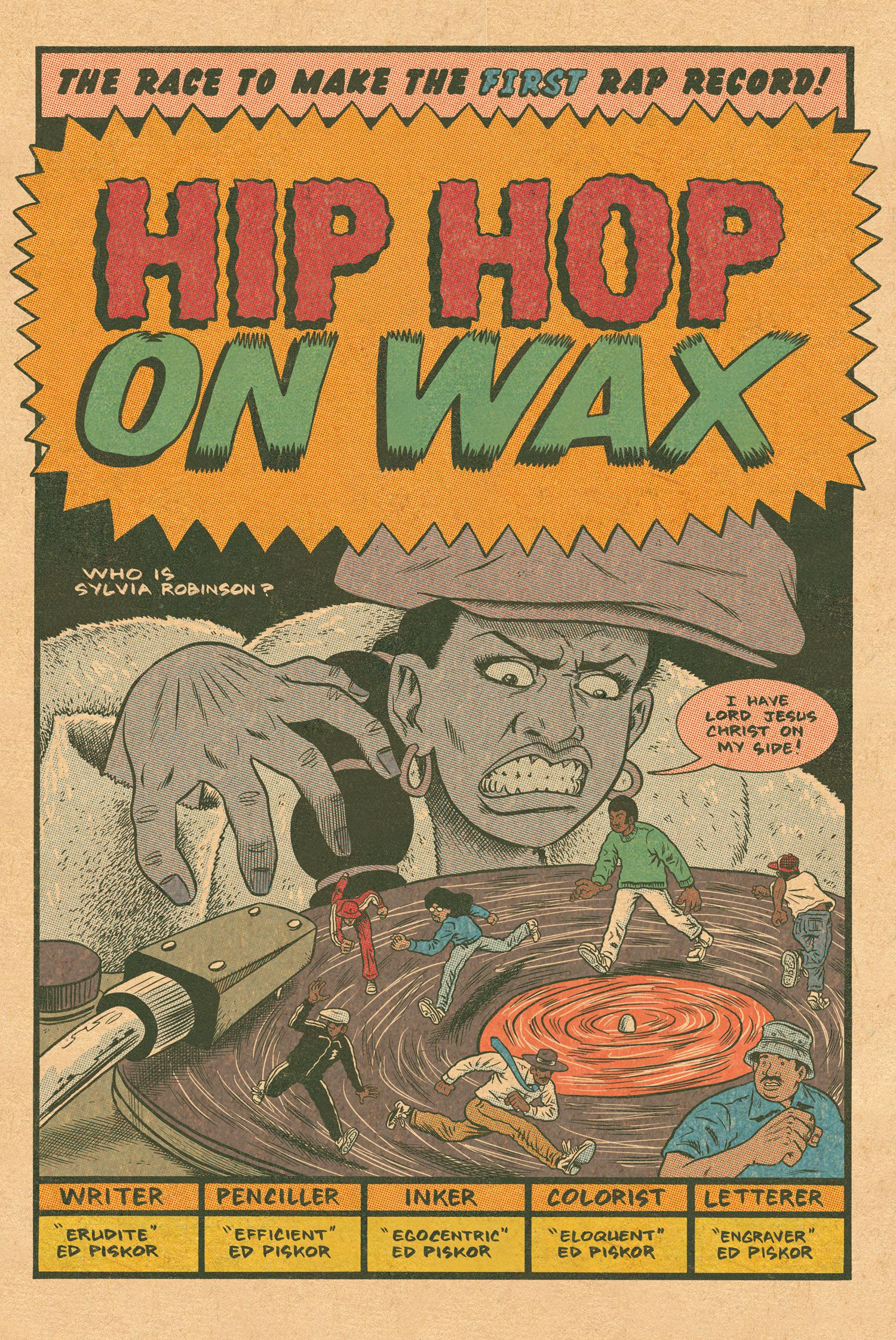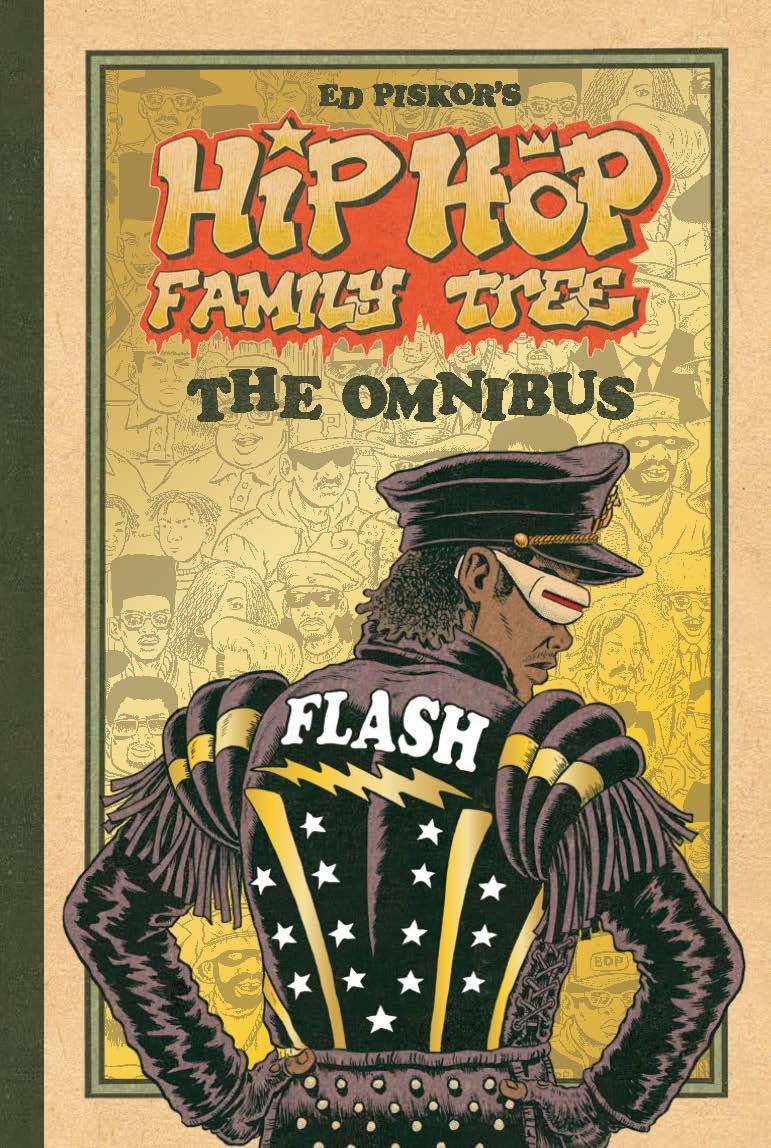Between his work chronicling the history of Marvel's mutants in X-Men: Grand Design, his nightmarish splatter-punk series Red Room, and the Cartoonist Kayfabe YouTube channel he hosts with Jim Rugg, Ed Piskor has become an influential figure in the contemporary comics scene. Now the series that helped introduce Piskor to countless fans, Hip Hop Family Tree, is being re-released in a brand-new omnibus edition from Fantagraphics Books.
Hip Hop Family Tree chronicles the history of Hip Hop and Rap, featuring some of the most iconic characters from music history alongside plenty of lesser-known but equally important figures. In an interview with CBR, Piskor celebrated the Omnibus edition, looked back on his time working on the series, and shared some of the things he learned from the process.
CBR: How does it feel to see this omnibus edition ten years after you released the first volume of Hip Hop Family Tree?
Ed Piskor: This is the best book I ever constructed. Super happy with it. It can't be taken for granted [when] one makes a book that stands any test of time in our current churn and burn pop culture, so I'm thrilled to get this out into the wild. I know that new readers will discover the comic this holiday season, and that's a really gratifying feeling.
What was your research process like for this series?
I did HHFT as a series of 2-3 page strips each week on Boingboing.net, and that was a very tough schedule. I'd give myself one good solid day to research and write the next strip and then three days per page to finish each strip. In that research/writing day, most of that day would be hunting for source material and reading or watching documentaries. I'd have a basic idea of events I wanted to cover, but then it became really fun rounding it out with source material. The most fun would be when I could find more than one POV for a scene. Sometimes, it would be like Rashomon, but other times, all parties would agree on most things. Every day I would write and research. I'd hit a point where something tremendously visual would be suggested, and then it would be time to get started drawing.
How does your approach to working on nonfiction compare to your fictional work like Red Room?
When you're dealing with nonfiction, the narrative is on rails more or less, and when you're dealing with real people, you better be correct when putting things in stone. HHFT was a world-building exercise with training wheels. Red Room was world-building without a net.
How did delving into the history of Hip Hop impact your relationship with the music?
I'm not so sure it did. I've always felt a deep connection with Hip Hop, and HHFT is more or less my contribution to the culture. I still listen to the stuff I always listened to. I now have a better understanding of how those records came into being, though, I will admit.
Did you find any new favorites while you were working on Hip Hop Family Tree?
The one major guy I would cite would be an appreciation for Kool Moe Dee. When I was young, and he had his solo career, battling LL Cool J and all that, his delivery was slow and deliberate and felt dated, which was a compromise he made with the record company with the thought that it would make his lyrics more understandable and better for word of mouth. When he was in a group from the late '70s [or] early '80s called The Treacherous Three, he was an assassin lyrically. Night and day difference.
Are there any Hip Hop artists or anecdotes that you wish you could have included in the book?
Many, many volumes worth. Maybe I'll get to them sooner [rather] than later.
Hip Hop Family Tree Omnibus is due out on Oct. 18 from Fantagraphics Books.




